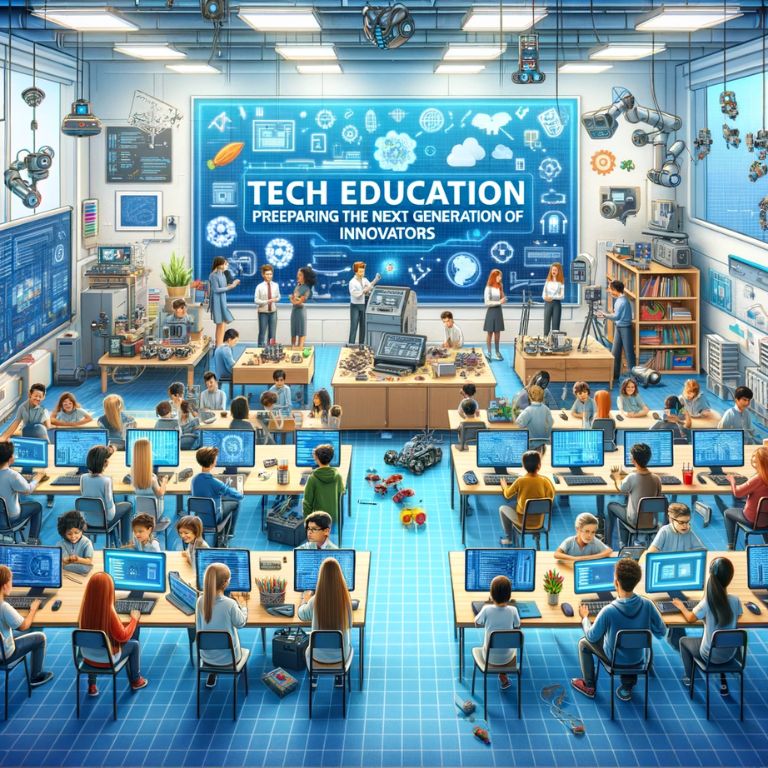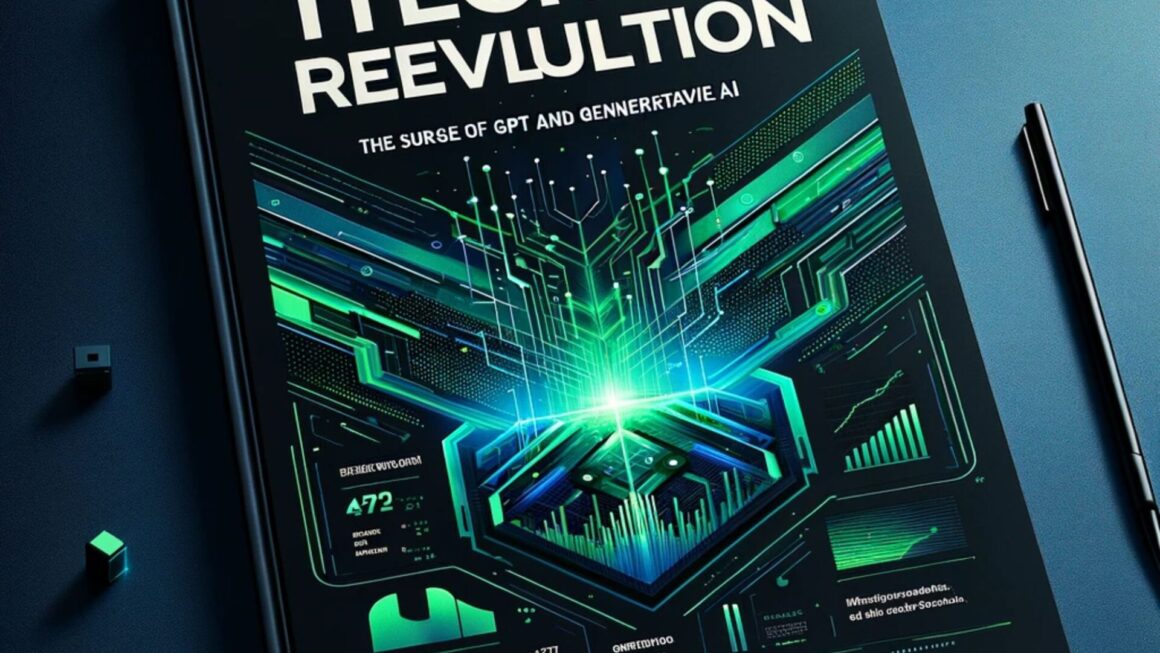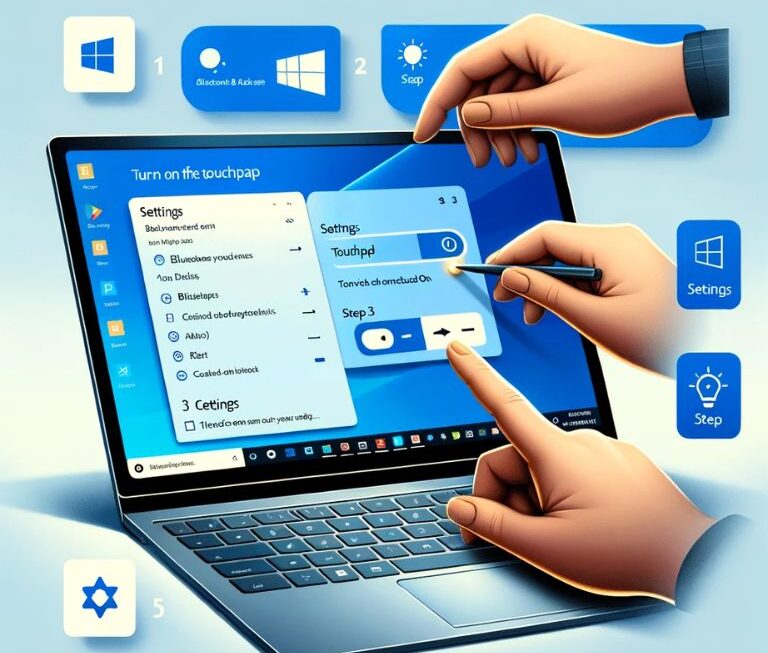The landscape of education is undergoing a significant transformation, catalyzed by the advent of artificial intelligence (AI) and cloud technology. These innovations are not just futuristic concepts but are currently reshaping the way educational content is delivered, managed, and experienced.
Artificial Intelligence in the Classroom
AI has emerged as a game-changer in educational technology. It’s being integrated into various tools ranging from classroom management applications to personalized learning platforms. AI’s ability to analyze vast amounts of data helps tailor educational experiences to individual student needs, thereby enhancing engagement and learning outcomes. For instance, AI-powered systems can identify areas where students are struggling and adapt the curriculum accordingly, ensuring a more effective learning process.
Moreover, AI is revolutionizing assessment methods. Instead of traditional exams, AI systems can continuously evaluate student performance through interactive activities, providing real-time feedback to both students and teachers. This ongoing assessment method fosters a deeper understanding and retention of knowledge.
The Rise of Cloud Technology
Cloud technology has seen a surge in popularity, especially in the wake of the shift to remote learning. It offers unparalleled flexibility and accessibility, allowing students and teachers to access educational resources from anywhere, at any time. Cloud-based platforms facilitate collaboration, enabling students to work on projects and share information seamlessly, regardless of their physical location.
One of the most significant advantages of cloud technology in education is its scalability. Educational institutions can easily scale their tech solutions to accommodate fluctuating numbers of users or different levels of resource requirements, all without the need for substantial physical infrastructure.
Cloud-based solutions also aid in reducing the digital divide. With educational resources available online, students from various backgrounds can access quality learning materials, thus democratizing education.
Cybersecurity: Protecting the Digital Learning Environment
In today’s digital age, the importance of cybersecurity in the educational sector cannot be overstated. As schools increasingly integrate technology into their curricula, they become more susceptible to cyber threats. This section delves into the challenges and strategies of protecting the digital learning environment.
Rising Cyber Threats
Educational institutions have become prime targets for cyberattacks, with incidents growing more sophisticated. These attacks not only compromise sensitive student and staff data but also disrupt the educational process. Factors contributing to this increased vulnerability include the widespread use of digital tools and the storage of vast amounts of data online.
Federal Response and Legislation
Recognizing the gravity of the situation, the federal government has taken steps to bolster cybersecurity in schools. The enactment of cybersecurity-focused laws for K-12 institutions signifies a concerted effort to address these threats. These laws initiate comprehensive reviews of cyber threats against schools and propose measures to enhance digital security.
Implementing Robust Security Measures
Schools are now focusing on implementing robust cybersecurity measures. This involves upgrading their digital infrastructure with advanced security protocols, such as multi-factor authentication and end-to-end encryption. Regular training for staff and students on cybersecurity best practices is also essential to foster a culture of digital safety.
Sustainable Tech Integration in Education
The integration of technology in education has surged, especially following the pandemic-induced shift to remote learning. However, this rapid digital expansion raises critical questions about sustainability. This section addresses the challenges and strategies for maintaining and advancing technology use in educational settings.
Challenges in Tech Sustainability
The influx of federal funding during the pandemic enabled schools to acquire an array of digital tools, including laptops, tablets, and interactive whiteboards. However, these devices have a finite lifespan, raising concerns about their replacement and maintenance. Furthermore, many schools lack a long-term strategy for sustaining these technological advancements, which could lead to future disparities in digital access.
Crafting Sustainability Plans
Some schools are proactively developing sustainability plans to ensure the longevity of their tech resources. These plans often include budgeting for future hardware replacements, exploring funding options, and investing in durable, cost-effective technologies. Additionally, schools are focusing on training staff to maximize the use of existing tools, thus extending their functional life.
Conclusion
In conclusion, “Tech Education: Preparing the Next Generation of Innovators” underscores the pivotal role of technology in reshaping modern education. From the integration of artificial intelligence and cloud technology to the critical need for robust cybersecurity measures, the landscape of education is evolving rapidly. Addressing the sustainability of this technological expansion and promoting healthy digital habits are equally vital to ensuring a balanced and forward-looking educational environment.
The future of education lies in embracing these technological advancements while navigating their challenges with strategic planning, innovation, and adaptability. By doing so, educators can prepare students not just for academic success but also for a future where digital literacy and adaptability are paramount. This journey requires collaboration among educators, policymakers, technology experts, and the broader community to create an inclusive, secure, and sustainable digital learning space that empowers the next generation of innovators.




